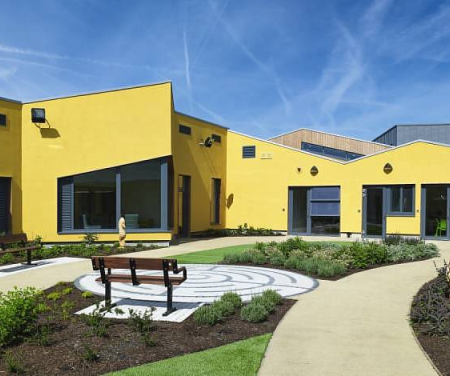Sustainability Through Innovation – The Future of Healthcare Construction
Healthcare is a sector where innovation finds a natural home. New drugs and treatments are constantly being deployed to improve people’s lives and their chances of recovery from illness and injuries.
Constant change places new demands on the healthcare estate. So perhaps it’s natural that innovation should also apply to the way that healthcare buildings are created. There are plenty of good reasons why it must.
The carbon zero agenda and the need to build in more sustainable ways are changing the face of construction. There’s also pressure to complete new buildings quickly so that they can start delivering services. Quality improvements will reduce the future financial burden of maintaining the healthcare estate to leave more money for frontline services.
Location is the other big driver of innovation in healthcare construction. New facilities tend to be built on existing sites. This means that everything from the construction project plan to deliveries and vehicle movements have to adapt to suit a busy and sensitive environment.
MMC in Healthcare Construction
In construction, challenging project requirements are an effective driver of innovation. This will continue to drive rapid changes in healthcare construction and is accelerating the adoption of Modern Methods of Construction (MMC).
The Royal Marsden’s Molecular Pathology Centre is an excellent example of these developments in practice. The three-storey building contains four laboratory suites. It allowed the hospital for the first time to bring clinicians, geneticists, pathologists and researchers under one roof to develop new targeted treatments for cancer patients and make these available more quickly.
Sustainability is a key feature of the design – from the roof-mounted PV panels to the SuDS compliant drains. Inside the building, air handling units recover as much heat as possible while smart lighting and building management systems minimise energy use.
Offsite components were used extensively in the construction, including service modules that were fitted-out, tested and lagged before being taken to the site.
Increasing the offsite content allowed deliveries to be timed to avoid busy times. It also helped to reduce dust and noise to avoid any disruption to the hospital or the next-door day nursery.
The project is a good example of how innovation can improve sustainability while delivering projects faster and with less disruption.
Get inspiration for your next project by visiting our resource centre

